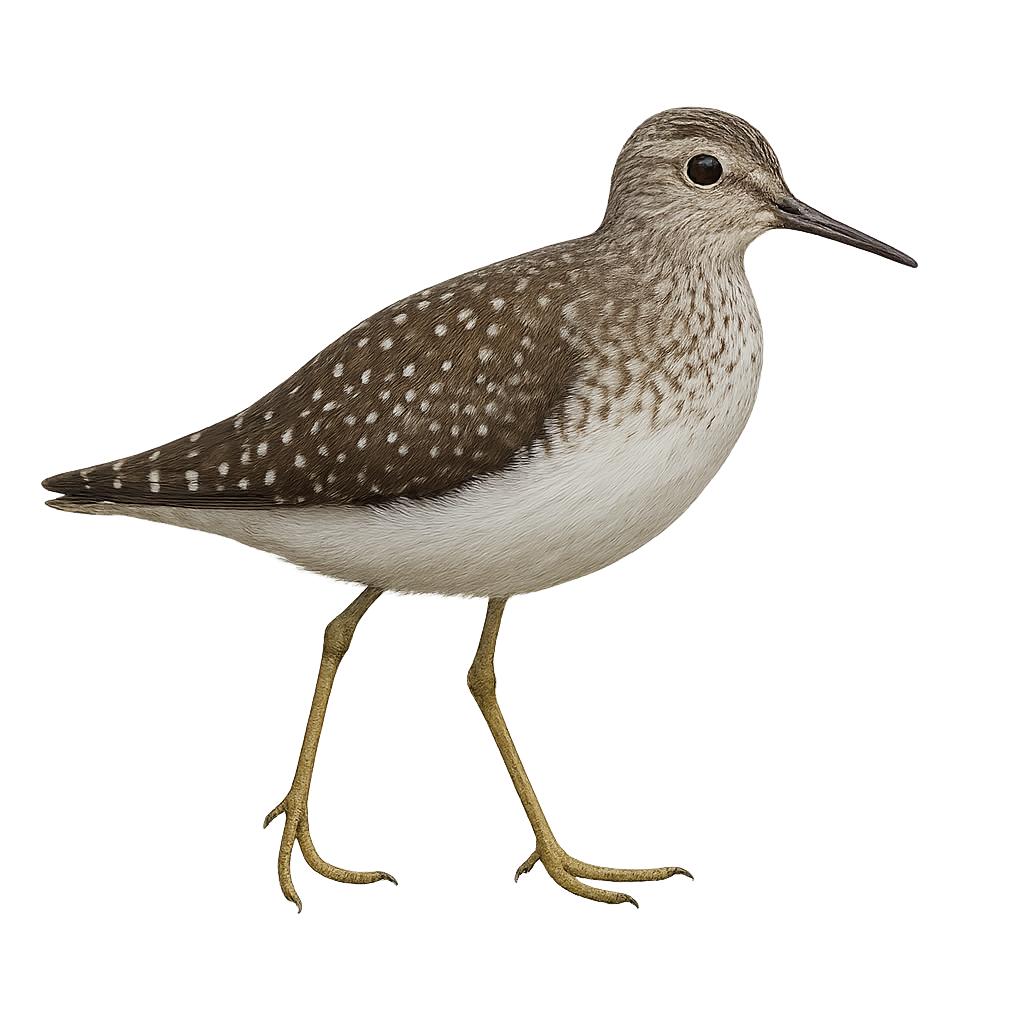Your wildlife photography guide.
Explore the solitary sandpiper in detail, study its behavior, prepare your shots.
Where to observe and photograph the solitary sandpiper in the wild
Learn where and when to spot the solitary sandpiper in the wild, how to identify the species based on distinctive features, and what natural environments it inhabits. The WildlifePhotographer app offers tailored photography tips that reflect the solitary sandpiper’s behavior, helping you capture better wildlife images. Explore the full species profile for key information including description, habitat, active periods, and approach techniques.
Solitary Sandpiper
Scientific name: Tringa solitaria

IUCN Status: Least Concern
Family: SCOLOPACIDAE
Group: Birds
Sensitivity to human approach: Suspicious
Minimum approach distance: 10 m
Courtship display: May to June
Incubation: 20-23 jours
Hatchings: June to July
Habitat:
Wetlands, marshes, riverbanks
Activity period :
Primarily active during the day, with peak activity in the morning and late afternoon.
Identification and description:
The Solitary Sandpiper, Tringa solitaria, is a medium-sized shorebird, measuring about 20 to 23 cm in length. Its plumage is mainly dark brown above with white spots, while the underside is white. It is distinguished by its long green legs and straight, thin bill. This bird is often seen alone, as its name suggests, and frequents wetlands, marshes, and riverbanks. It is migratory, spending its summers in North America and winters in Central and South America. The Solitary Sandpiper is known for its fast, direct flight, often accompanied by sharp calls.
Recommended lens:
400mm – adjust based on distance, desired framing (portrait or habitat), and approach conditions.
Photography tips:
To photograph the Solitary Sandpiper, it is advisable to use a 400mm lens or longer to capture detailed images without disturbing the bird. Look for wetlands or marshes where it is likely to feed. Be patient and discreet, as this bird is suspicious and may fly away quickly if disturbed. Use a tripod to stabilize your camera and wait for the bird to approach the water for interesting reflections. Morning or late afternoon light is ideal for photos with beautiful soft lighting.
The WildlifePhotographer App is coming soon!
Be the first to explore the best nature spots, track rutting seasons, log your observations, and observe more wildlife.
Already 1 432 wildlife lovers subscribed worldwide

